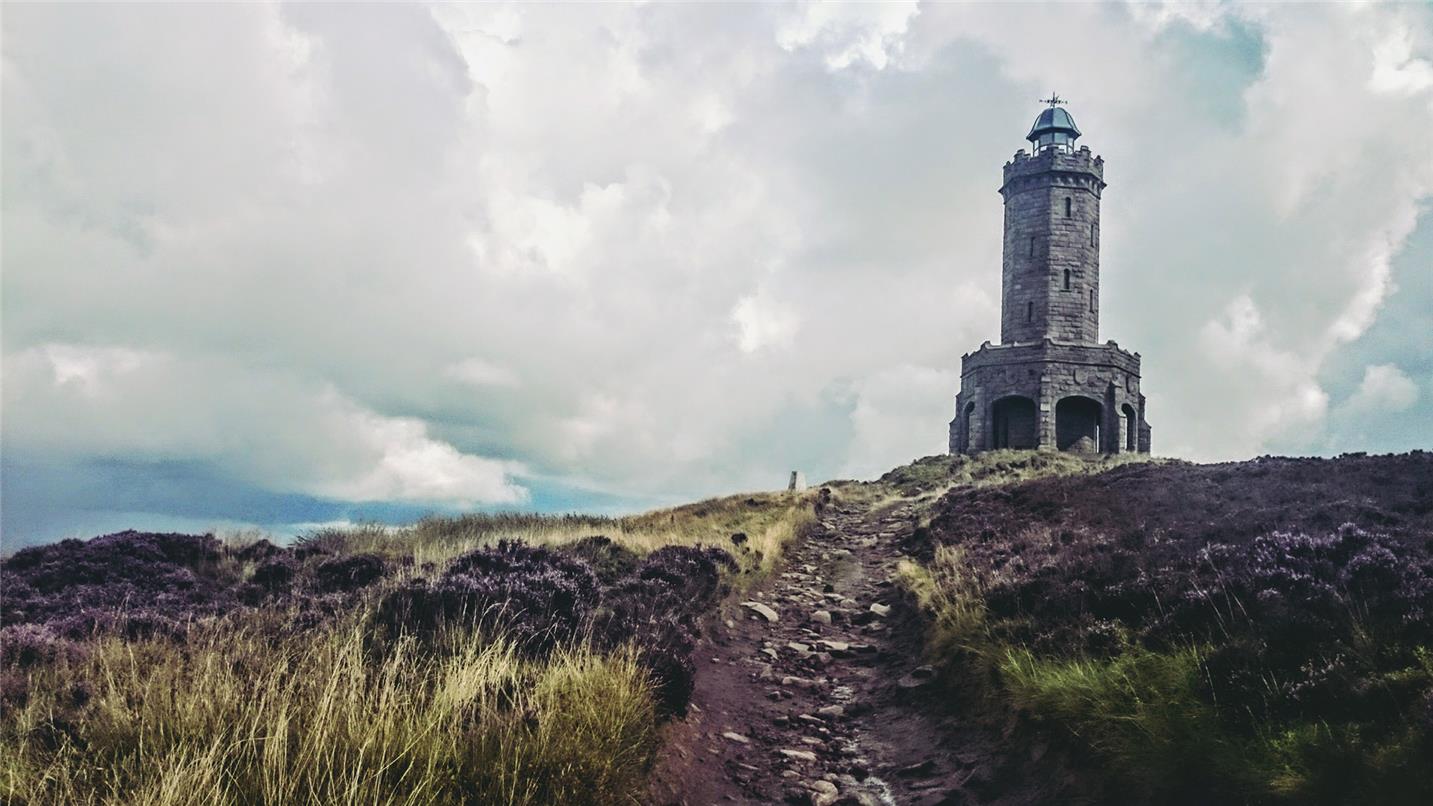SUEZ
Who is SUEZ?
SUEZ recycling and recovery UK is one of the country’s leading providers of innovative recycling and waste management services.
SUEZ employs more than 5,500 people in the UK and since 1988 they have been managing waste for local authority and business customers.
We have had a presence in the North West for over 20 years and currently employ 830 people in the region across 43 sites, with our regional head office located in Darwen.
Has SUEZ got experience of developing and operating anaerobic digestion facilities?
The project
What does this project mean for your plans for an energy recovery centre?
Government policy has proactively changed the way that both household and business waste is treated since plans were submitted for an energy recovery facility at our resource recovery park on Lower Eccleshill Road in Darwen in 2019.
Simpler Recycling, a process to introduce consistency across recycling collections and separate food waste collections is already in place for businesses and comes into force for households in 2026, supporting a transition to a more circular economy with higher rates of reuse, repair and recycling.
With a target to halve all residual waste volumes (from 2019 levels) by 2042 and the near elimination of biodegradable waste to landfill from 2028, there is less need for new energy recovery facilities, and more need for an anaerobic digestion facility in the region to process food waste.
How much waste will the facility treat? Where will it come from?
How much energy will the facility produce?
How will you get the gas from the facility to peoples' homes and businesses?
Our facility will either send gas directly into the local gas network after cleaning, or turn it to electricity, via gas-powered generators, and export it to the local electricity grid.
One of the reasons why our Darwen site was chosen for the anaerobic digestion facility was its proximity to the gas grid, with a likely connection point near to the site.
What is anaerobic digestion and how does it work?
Why is it a good idea?
SUEZ is working to help reduce food waste and put food that is wasted to good use generating renewable energy in accordance with the Government’s Our Waste, Our Resources Strategy for England. The anaerobic digestion facility can help the Government meet its ambitions to eliminate food waste going to landfill by 2030. In addition, the biogas created from food waste provides a source of renewable energy. The gas and electricity generated by the facility would be exported to the local distribution network and electricity used to power the plant.
One of the major benefits of anaerobic digestion is the reduction in carbon dioxide and other Green House Gases released into the atmosphere, as a result of the following:
- Putting food waste to good use by generating renewable energy and recovering nutrients to return to land
- Renewable energy produced by the plant and therefore the reduction of carbon dioxide (CO2) released from fossil fuels
What is the project timeline?
SUEZ has the necessary planning permission for an anaerobic digestion facility and is in discussion with local authorities and businesses in the region to support a timeline for construction.
The impacts
What will be the traffic impacts during construction and operation?
During construction, traffic is not likely to exceed the traffic movements of the proposed development. There may be a few more cars associated with the staff and visitors to the construction site during the works. Construction traffic will be subject to a Traffic Management Plan to ensure safe movement of traffic in and around the site.
During operation, it is anticipated that it would result in an increase of around 20 trucks per day to the site (40 journeys - 20 in and 20 out). Deliveries will only take between 8:00 and 17:00. The vast majority of deliveries would take place during weekdays.
What are the working times for the facility?
Anaerobic digestion is a continuous process and so the anaerobic digestion facility would operate 24/7, with a skeleton staff maintained outside of delivery times to monitor and manage the process.
However, HGV deliveries to site will only take place between 8:00 and 17:00 and the vast majority of deliveries would take place during weekdays.
Will there be odour released from the facility?
Clearly food waste has an odour, however this will be controlled.
The anaerobic digestion process will be fully enclosed with material pumped around the plant reducing the release of odours. Air within the building and digesters will be treated prior to release and we will have strict odour limits.
Furthermore, we will operate within the permits granted by the Environment Agency and as with all SUEZ sites we have a commitment to being a good neighbour.
What will the visual impact be?
The site is located in a largely industrial area which is set back from Lower Eccleshill Road and situated 1.6km north of Darwen town centre.
The facility will be visible from some location points in the local area from the public rights of way to the north and east. We will be undertaking a Landscape and Visual Appraisal (LVA). The LVA assesses the landscape and visual effect of the proposed construction of an anaerobic digester facility from public rights of way, parks, viewpoints and residential areas.
The development will be largely screened by the surrounding vegetation. The anaerobic digestion tanks and building will be clad in colours that will be sympathetic to the surroundings to minimise intrusion.
Will there be increased noise during construction and operation?
A noise assessment is being carried out as part of the planning application, but it is not expected that the operational site will have an impact on the local area.
There might be some increased noise from time to time during some construction activities (such as demolition and piling) so we will manage our contractors to ensure that any operations that might potentially cause a temporary noise locally are not undertaken early in the mornings, evenings or weekends.
Community benefits
Will local communities benefit from the project? If so, how?
We anticipate that up to seven jobs will be associated with the operation of the anaerobic digestion plant.
SUEZ always looks for ways to play our part in the communities within which we operate. In Darwen, our Regional Director sits on the Darwen Town Deal Board and we have supported a range of local initiatives including, the Youth Zone Darwen and the Blackburn with Darwen Community Volunteer Awards.
Additionally, the SUEZ Communities Trust, provides funding awards of up to £50,000 to not-for-profit organisations near to our sites. Projects must be eligible under the rules of the Landfill Communities Fund.
The Trust will consider projects which focus on long lasting physical improvements at a specified site or amenity. Funding is typically awarded for the purchase of materials, equipment and the appointment of a contractor to undertake the improvement work. They do not fund staff posts, organisational running costs, training, events, vehicles or projects on school sites.
Since 2013, the Trust has funded 14 local projects totalling £265,000.
Find out more at www.suezcommunitiestrust.org.uk



